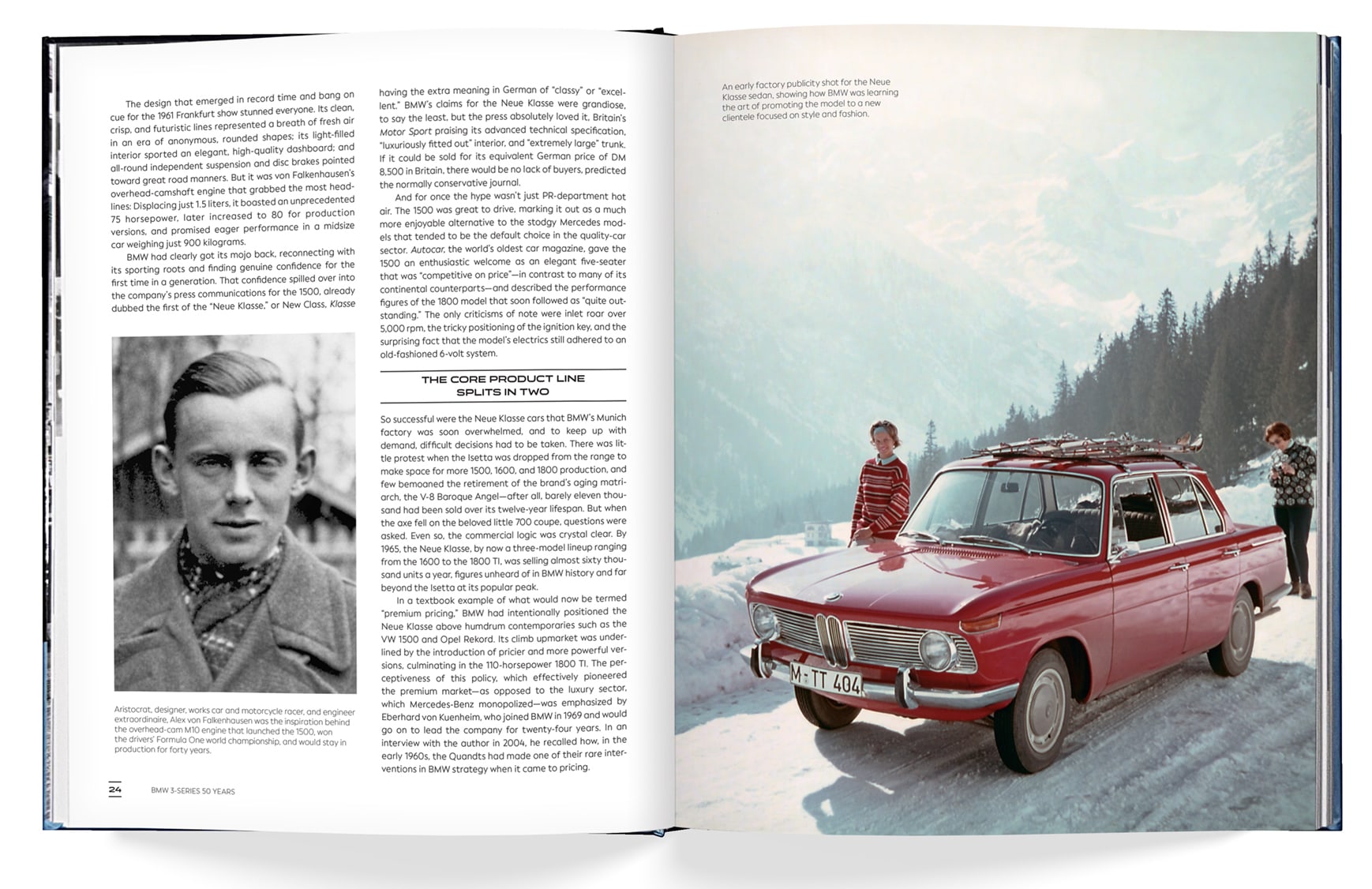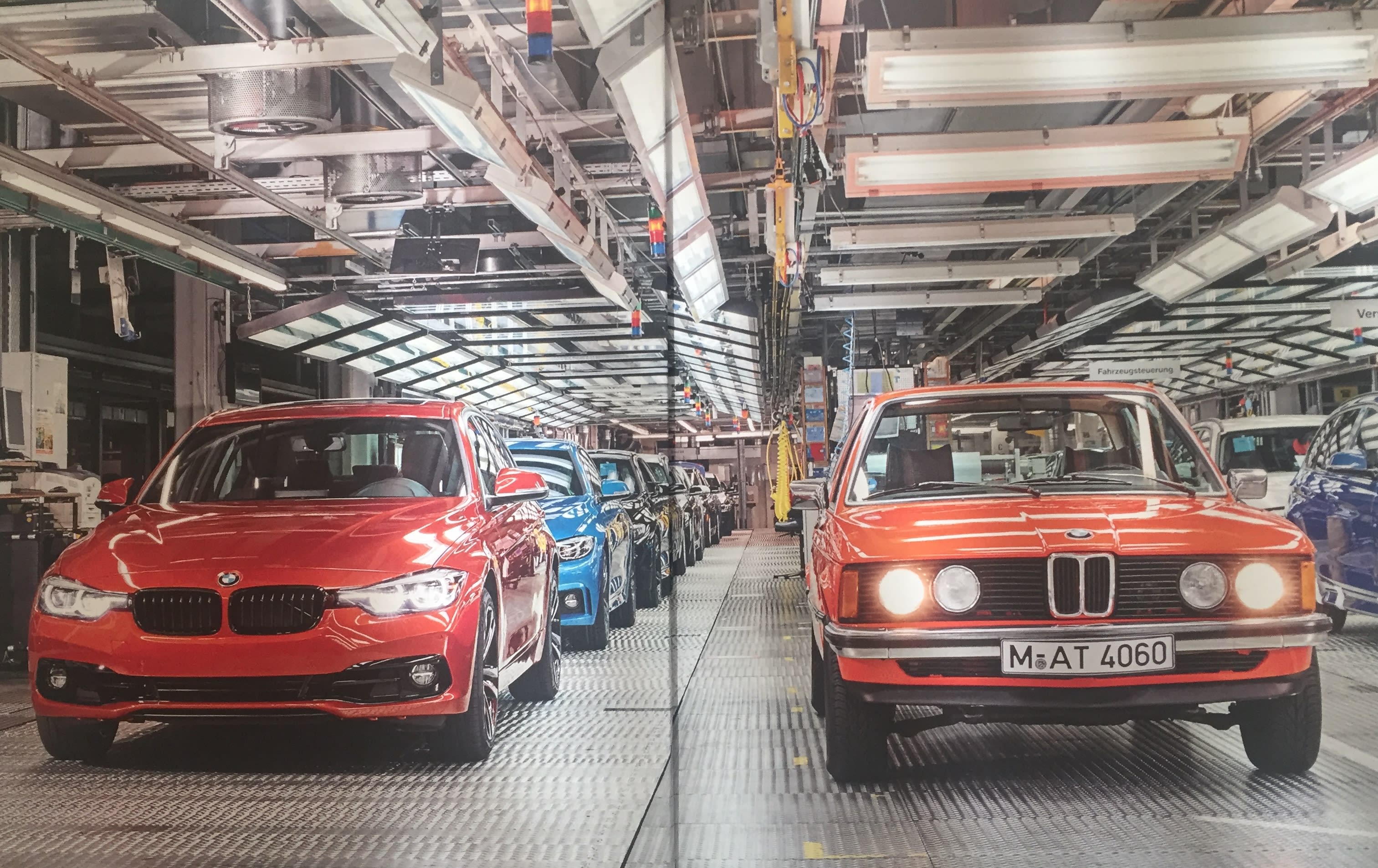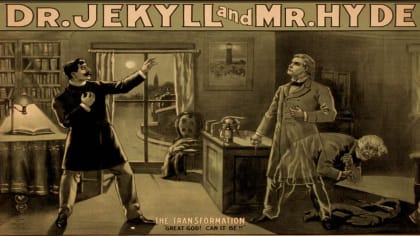BMW 3-SERIES TURNS 50

After half a century of defining the sport sedan, the BMW 3 Series deserves a book, and Tony Lewin’s anthology does not disappoint.
The basic tenet of automotive marketing is to convince the buyer that the offered product is faster than, or better than, or less expensive than (fill in the bench mark). In the universe of sport sedans, the bench mark has been the BMW 3 Series.
By Zoran Segina
Thu, Oct 30, 2025 06:00 AM PST
After half a century of dominating the segment, the BMW 3 Series certainly deserves a book, and Tony Lewin’s two-hundred-plus page anthology does not disappoint. England-based Mr. Lewin is an old hand with the BMW, having previously written four books about the company, its products and history. An entire book devoted to a single series, all variations notwithstanding, results in delving into details of every modification of the famed model and its predecessors, including the iconic 2002.

At the beginning of the book there is a BMW 3 Series pedigree with beautiful photos from the 1923 R32 boxer motorcycle to the 2026 Neue Klasse. Beside sections detailing the evolution of each model in the 3 Series, there are separate chapters devoted to motorsports and advice on collectability of different models in the 3 Series lineup. BMW 3 Series 50 Years is written for a reader with deep appreciation for all things BMW, or very serious on becoming a BMW owner. Mr. Lewin warns a prospective candidate that collecting BMWs will likely impair his or her wallet. Long ago, the BMW embraced the philosophy that their products should be technically perfect and expensive. While the strategy has been proven correct, a neophyte entering the BMW world is in for a financial shock.
BMW 3 Series 50 Years is replete with detailed chronologies, charts, and photographs including engine parts. Brush up your familiarity with millimeters, newton/meters, kilograms, and kilometers. Thank God, the engine strength is still listed in horsepower. The book is lavishly illustrated showing products inside and out, and, on more than one occasion, there are photographs of engines with all parts laid out. The book is a feast for the eyes and soul of every true BMW aficionado. Having driven BMW for several decades, I still have to ask Mr. Lewin to clarify the statement “the signature kick-forward kink found at the base of the rear pillars of nearly every BMW model from the Neue Klasse onward.”

Given Mr. Lewin’s long association with the Bayerische Motoren Werke it is not surprising that the book glances over the inevitable unpleasant chapters in the company’s history. A lament about factories in south Germany being bombed to bits in WWII diplomatically omits the fact that the BMW was a principal supplier of airplane engines for the Luftwaffe Junkers bombers, and thus a legitimate Allied target. The book’s vignette about the Wartburg model manufactured at the BMW Eisenach plant before the war, however, brought memories of Yugoslavia and our East Germany manufactured Wartburg station wagon powered by a three-cylinder, 50 HP, two stroke engine. I discovered the origins of my infatuation with the BMW.
A section about early history of the BMW in the glory years of the internal combustion engines is likely to leave every American enthusiast with a sense of minderwertigkeitskomplexgefül (inferiority complex). At the end of each section full of praise for the strength and power-to-weight ratio of new European BMWs – following the company philosophy that every new model has to be stronger and faster than its predecessor- Mr. Lewin has a paragraph devoted to the automobiles destined for the United States. The vehicles shipped to our shores are underpowered or weighted down with additional safety feature ostensibly to protect American drivers from themselves. Our ultimate driving machines resemble Cinderella’s carriage half of which remains a pumpkin.

Lewin's book has sections specifically devoted to motor sports and the history of BMW models and engines in a variety of competitions including Formula One.
Success, however, can breed arrogance and the BMW had its failures overestimating the market. A history of the controversial iDrive is addressed in a single sentence indicating it was launched on the luxury 7 series in 2001, but later simplified in response to customer feedback. At the 2001 Los Angeles Auto Show, Dr. Helmut Panke, the BMW chairman at the time, attempted to convince the attendees that the BMW customers may not yet appreciate the iDrive, but that the company will endeavor to make them like it. It was not to be. Not to mention a disastrous “Bangle Butt” design of the E65 trunk that only a mother could love. The fiasco ultimately caused the BMW chief designer to leave the company.

Too much technology can produce negative side effects. One of the principal complaints of the 2014 M4 was the lack of proper sound emanating from a 431 HP engine. Similarly, the 2018 G20 3 series model reduced that direct feeling drivers had with a steering wheel and the road feedback. Despite enjoying the most advanced technology, the BMW owners revere tradition. My friend Matt loves to tear through Southern California canyons in his E46 2001 M3 souped up by a methanol-injection supercharger bringing the power to 600 HP (the original 333 horses just wouldn’t do.) Reinforced subframe, strut braces, bigger rear tires, the works. And, of course, a six-speed manual transmission, the only one Matt recognizes (Editor's note: See LACar's "When BMW Was The Ultimate Pesonality Altering Machine").
The chapter titled “What Might Have Been” discusses the projects that never saw the life of the day or had a very limited or one-off production. Bertone’s Garmish, and the E25 turbo concept with its gull wing doors as envisioned by a brilliant Paul Bracq are simply spectacular.

Mr. Lewin’s wonders why a classic BMW cannot reach a stratospheric auction heights like a 1950 Mercedes-Benz sold in 2022 at Sotheby’s closed auction for €435 million. I believe that, despite all the clubs and fans, the BMW seems to be more interested in looking forward then protecting what has been created in the past. Having prepaid for the glove compartment lock on my E38, 2000 740 iL, I was notified after two years that the Dingolfingen warehouse no longer has it. The protective rubber strip for the roof cannot be found except, maybe, through some aftermarket outfit in Poland. A quarter of a century is not unreasonably long time for the drivers who like to keep their cars with the original manufacturer’s parts.
A book dealing with cars needs to discuss the latest and, consequently, suffers from a lack of historiographic distance, i.e., it is very hard to evaluate anything without the wisdom of passage of time. The last section about the BMW’s Neue Klasse foray into the electric vehicles leaves one with a sense of awe and trepidation. While the BMW will undoubtedly create a mechanically perfect product, the single screen control panels, or abandoning the kidney grille, or introducing the metastasized abomination that dominates the entire front fascia and - horror, glows in the dark - are foreboding. The BMW earned the right to be aggressive, a trait often attributed to their customers, but such an attitude can occasionally lead to marketing disasters.

In the collectability sections of his book Mr. Lewin warns prospective collectors to beware of rust which affects certain BMW models even more than usual owing to misuse of protective paints. To which a California car collector replies “what rust?”
BMW 3-Series 50 Years
By Tony Lewin
Publisher: Motorbooks
Publication date: November 4, 2025
Print length: 224 pages
ISBN-10: 076039315X
ISBN-13: 978-0760393154
Weight: 3.88 pounds
Dimensions: 10.1 x 0.95 x 12.3 inches
Price: $50 USD
Available in the Los Angeles area at AutoBooks/Aerobooks in Burbank
About The Author

Zoran Segina grew up in Eastern Europe, where he owned several Zastava 750s (a variation of the Fiat 600) and participated in local rallies. After a lengthy diet of Yugoslav-manufactured cars, he came to the Mecca of automotive culture – wherein he promptly lost his heart to a tall girl and a short Dart Swinger. He currently commutes around LA in a BMW 633Csi, having made a switch from a Volvo 240 DL with a quarter million miles on the odometer.












